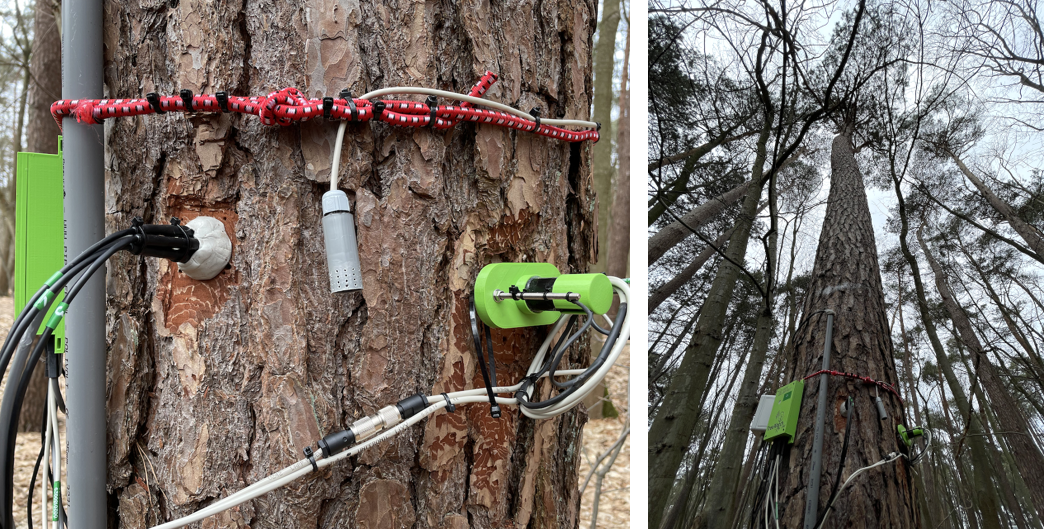Bosland National Park
Discover the Wild Beauty of Bosland National Park!
Welcome to Bosland National Park – a true natural paradise in the north of Belgium’s Limburg province. Spanning an impressive 5,032 hectares of unspoiled wilderness across the municipalities of Hechtel-Eksel, Lommel, and Pelt, Bosland is a haven for nature lovers. And the best is yet to come: Bosland National Park is growing! In just a few years, this unique area will expand to over 10,000 hectares of breathtaking natural beauty. Explore 10 unique sub-areas – each with its own character and charm – that together form an awe-inspiring landscape. To the south, Bosland borders Flanders’ largest military training ground, Kamp Beverlo, creating the largest continuous nature reserve in the region.
Experience the Wilderness
Bosland National Park offers a nature experience like no other. It is home to Flanders’ only resident wolf pack – the apex predator that plays a vital role in maintaining the balance of this exceptional ecosystem. From wet marshes to dry sandy plains, and from open landscapes to dense forests, the diversity of Bosland transforms every walk or bike ride into an unforgettable adventure. Combining smart conservation with raw wilderness, Bosland is a place where both active restoration and natural processes thrive. The result? A vibrant, ever-changing landscape full of surprises. Come experience it for yourself. Bosland National Park is not just about conservation – it’s an open invitation to explore. Go on an adventure, uncover nature’s stories, and soak in the peace and space. This is where people and nature grow together – where we shape the wilderness of tomorrow!
Scots pine (Pinus sylvestris)
Since March 2023, a pine tree (Pinus sylvestris) is equipped with a sap flow sensor and point dendrometer. Air temperature and relative humidity are being monitored close to the stem. Besides the high tech TreeWatch sensors, a band dendrometer is installed in the context of the citizen science project CITREE.

Scots pine is an evergreen coniferous tree which can grow up to 35 meters high. Its natural range is very wide and extends from the south of the Iberian Peninsula to Scandinavia, from the Atlantic to East Siberia. The bark is thick and flaky and changes from orange-red when young to gray-brown when mature. The 2.5 - 5 centimeters long needles are produced in fascicles of two.
Tree location
The tree is located in the forest area Pijnven, next to the forest museum. The satellite image below shows the exact location of the monitored tree.
